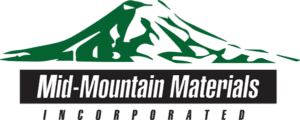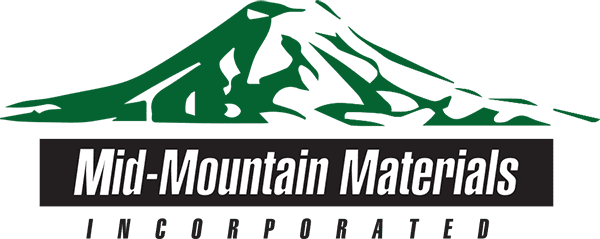Thermal insulation reduces the transfer of thermal energy between objects which have different temperatures or are within range of radiative influences. Heat flow is an inevitable outcome when objects of different temperatures interact. Thermal insulation provides a region in which thermal conduction is reduced or thermal radiation is reflected by the lower-temperature object.
Benefits of Thermal Insulation
There are numerous applications that benefit from insulation materials however all adhere to the same general benefit which is the decrease in energy losses, leading to greater efficiency and yielding better returns on investment. Thermal insulation materials can be used for insulating residential cavity walls as well as shielding mechanics from high temperatures, however all these insulation applications work on the same fundamental principles.
The rate of heat transfers between objects is quantified by the thermal conductivity (k) of materials. Metals and ceramics with high thermal conductivities are frequently employed for heat transfer applications. For instance, silicon carbide has a nominal conductivity of 170 W/m-K and is often employed to engineer high-temperature heating elements for industrial ovens and furnaces.
Low thermal conductivities result in very high resistance values. A lot of silica-based materials have resistance values of lower than 2 W/m-K, which can successfully lower the heat absorption to decrease transfer.
The performance of thermal insulation is significantly impacted by thermal conductivity. However, other properties of thermal insulation such as density, heat capacity, thermal bridging and thickness must also be considered. Materials which have high resistance capabilities are produced as thick and densely as possible to offer effective insulation.
Offshore Wind Energy
Offshore wind farms produce clean and renewable energy, making use of the force of the wind which is produced at sea. High seas produce winds that are at a higher and a more constant speed than on the land as there are no barriers. To take advantage of this resource, mega-structures are installed that are on the seabed and equipped with recent technical innovations.
Bringing wind energy ashore is challenging for operators. High voltage direct current technology is an efficient way to transport the alternated current power which is produced by wind turbines. This means converting the current very close to where it is generated, resulting in converter stations being built out at sea. These stations are a critical piece of infrastructure, and they are often challenging to reach due to weather conditions. This means that fire protection is of critical importance and slowing down the spread of a fire is essential. Thermal insulation does exactly that, buying time for workers to safely evacuate the premises and emergency services to arrive.
At Mid-Mountain Materials, Inc. we manufacture a complete line of materials for the fabrication of thermal insulation systems, which enhance workplace safety, maximize operational efficiency, and regulate the temperature of mechanical equipment. If you would like to find out more, contact us today.

